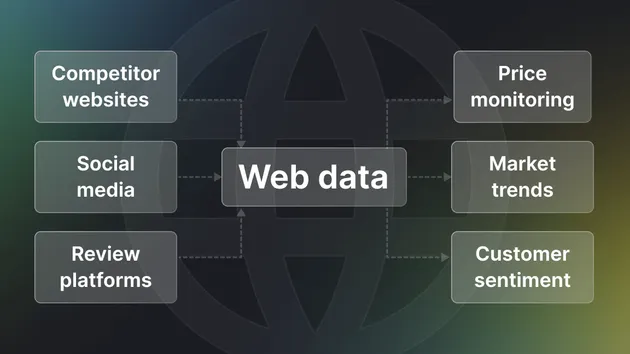Farrow Ball Collection
Pricing
Pay per usage
Farrow Ball Collection
Under maintenanceThis actor scrapes paint and wallpaper product data from farrow-ball.com, including colour names, numbers, descriptions, finish options, complementary colours, and more. Ideal for designers, decorators, or e-commerce platforms needing structured data on Farrow & Ball’s.
0.0 (0)
Pricing
Pay per usage
0
2
2
Last modified
23 days ago



